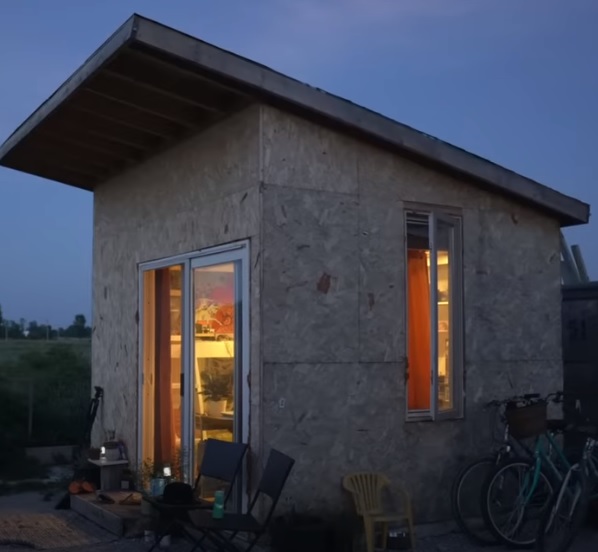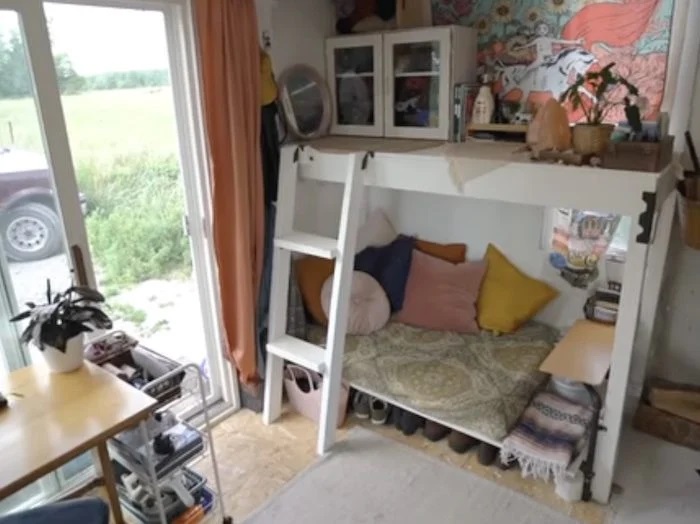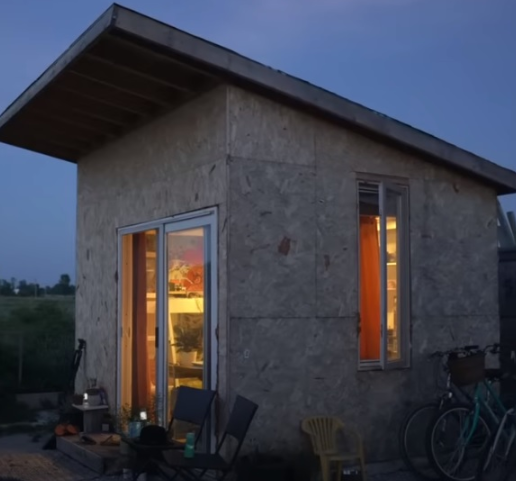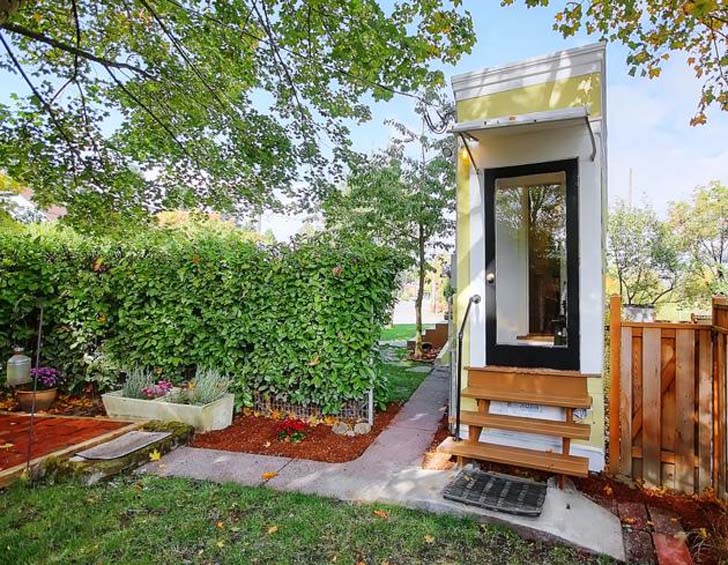Recently divorced woman moves into 10’x11′ shed and coverts it into lovely tiny home
The tiny home lifestyle is capturing the attention of many as an innovative alternative to traditional living. With rising housing costs and increasing environmental awareness, individuals are choosing smaller living spaces for a variety of compelling reasons. This movement reflects a shift in priorities, where the focus is not just on the quantity of space but the quality of life that can be achieved within it.
One of the most significant motivations behind the tiny home trend is the desire for a more sustainable lifestyle. Many people are increasingly aware of their carbon footprint and are seeking ways to live in harmony with the planet. By downsizing to a smaller home, they can significantly reduce their energy consumption and waste output. Tiny homes often incorporate eco-friendly materials and technologies, such as solar panels and composting toilets, further minimizing their environmental impact.
Living in a tiny home encourages a more mindful approach to consumption. Homeowners often adopt practices that reduce waste, such as recycling and repurposing materials. The simplicity of a smaller space fosters a connection with nature and promotes an awareness of the resources consumed daily. This conscientious living aligns with a broader movement toward sustainability, appealing to those who prioritize environmental stewardship.
Embracing Simplicity and Minimalism
The tiny home lifestyle also aligns with the principles of minimalism. Many individuals are drawn to this way of living to declutter their lives, both physically and mentally. In a tiny home, every square foot is valuable, leading homeowners to carefully consider each item they bring into their space. This process often involves letting go of unnecessary possessions and focusing on what truly matters.
Embracing minimalism can lead to a more intentional way of living. By reducing material possessions, individuals can shift their focus from accumulating things to fostering experiences and relationships. The simplicity of a tiny home can provide a sense of peace and fulfillment that is often lost in larger, more cluttered living environments. Many tiny home dwellers report feeling more content and less stressed, as their living space is free from distractions and excess.
Practical Benefits
Beyond the philosophical aspects, the tiny home lifestyle offers numerous practical advantages. One of the most significant benefits is the ease of cleaning and maintenance. With a smaller footprint, homeowners can manage their living spaces with minimal effort. This frees up valuable time and energy, allowing individuals to pursue hobbies, spend time with loved ones, or engage in community activities rather than being burdened by household chores.
Affordability is another compelling reason people are turning to tiny homes. Traditional housing markets often present significant financial barriers, making homeownership unattainable for many. Tiny homes, on the other hand, are generally much more affordable, making them an attractive option for first-time buyers or those looking to downsize. The lower cost of living can provide financial freedom, allowing homeowners to allocate funds to experiences, travel, or savings.
Additionally, the portability of many tiny homes offers a unique flexibility that traditional homes cannot match. For those seeking a more transient lifestyle, tiny homes can often be built on wheels, enabling residents to relocate easily. This mobility appeals to adventurers, digital nomads, or individuals wanting to explore different regions without the constraints of traditional property ownership.
Community and Connection

The tiny home movement has also fostered a sense of community among its advocates. Many tiny home dwellers find themselves part of a growing network of like-minded individuals who value simplicity, sustainability, and intentional living. Tiny home communities are popping up across the globe, providing opportunities for social interaction and support among residents.
These communities often prioritize shared values, creating spaces where residents can connect, collaborate, and even share resources. This sense of belonging can be incredibly fulfilling, further enriching the tiny home lifestyle.
Conclusion
The tiny home lifestyle represents a significant cultural shift towards sustainability, simplicity, and intentional living. As more individuals and families choose to embrace smaller living spaces, they do so for a multitude of reasons—environmental consciousness, a desire for minimalism, practical benefits, and a sense of community. This movement not only challenges conventional ideas of home and living but also opens up new possibilities for a fulfilling, connected, and mindful life. As the trend continues to grow, it will be fascinating to see how tiny homes influence broader conversations about housing, sustainability, and community in the years to come.






